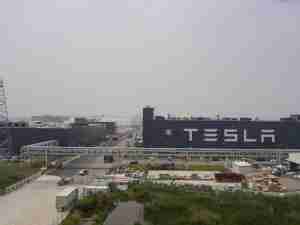
Galveston Harbor is rising in the rankings as a top 50 U.S. cargo waterway. A total of 13.5 million tons of cargo moved through the deepwater harbor in 2022, placing it 38th among the busiest U.S. ports and waterways.
According to the U.S. Army Corps of Engineers, a 12.5 percent increase in cargo tonnage over 2021 boosted the harbor’s ranking five spots in the list of 150 ports and waterways. The ship channel serves the Port of Galveston and private entities operating in the harbor.
In 2022, the port moved 3.8 million tons of cargo, including bulk liquid, bulk fertilizer, roll-on/roll-off (ro-ro) cargos, breakbulk and fresh fruit, as well as wind turbine pieces and other project cargos. The balance of the cargo tonnage, nearly 10 million tons, was moved across privately owned docks.
Galveston Wharves Port Director and CEO Rodger Rees said, “This ranking is important because it makes the port more competitive in seeking federal funding for dredging projects to maintain the harbor. As the non-federal sponsor for harbor maintenance, we represent the interests of all harbor operators and stakeholders and participate with the Corps in planning and coordinating dredging operations.”
To protect and grow the tremendous economic benefits related to cargo and cruise operations, Rees said, the port, operators and the Corps will continue to seek more funding for harbor dredging to mitigate shoaling.
“There’s a big gap between what’s needed to maintain channel depths and what’s funded by the federal government. For the 2024 budget cycle, we asked for a much-needed $45 million but received only $8.9 million for annual maintenance dredging.”
Separately, the port spends about $2 million a year to maintain depths between port docks and the federal channel delineation in the waterway.
Cargo Expansion Plans
Maintaining authorized harbor depths of up to 46 feet is critical as the port expands its cargo operations and as ships become larger. The port is investing about $90 million in a phased cargo infrastructure expansion and improvement project. The first phase is a $29 million construction project to fill a slip to add more acreage for cargo handling and laydown.
Rees said, “As we kick off this 2-year project, which will add 30 acres for cargo, we’ll coordinate with our port partners to minimize disruptions to their waterfront cargo operations. At the end of the day, this major investment will reap economic benefits for decades to come.”











